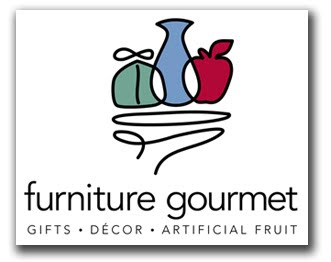The terms "base", "tone", and "accent" color may not be familiar to you. I think they are a more British way to talk about the different attributes of color, but when Ann Grafton, in her book, "Interior Transformations" used those terms, they made sense to me. I thought you might enjoy hearing what she had to say.
- Base - the color in your room or home that you use the most. This is usually the wall color, and is often chosen to provide a canvas on which to "paint" (add) the other colors.
- Tone - this is the lightness or darkness of the color. If two different colors exhibit the same tone (lightness or darkness) they can be happy together and work well, even if they are not a traditional color combination. For example, a soft aqua, a dove gray and a powder pink can be very happy together...but change the pink to "Bubblegum" pink and you have added a contrast (accent) color. If you want your room to feel more harmonious, keep the tones of most colors the same.
- Accent - these are the colors, in contrasting shades that are used in small amounts to give your room a "jolt" of color. Use textiles, ceramics, lamps, objects and flowers to add the accents to your room. You can try out fashionable colors easily and change later without a big headache. This is why I love to use artificial fruits or veggies for accents. They are oh-so-easy to change!
First, choose your large expanses of color - walls, floors, windows. It is easy to live in a basic scheme of calm, blended tones, with only subtle differences in color. Pay attention, too, to the smaller items in your room. Often there is nothing linking the large and small together. You don't want to create chaos or confusion for the eye, but you want to lead the eye around the room, from one accent to another. This is why a large painting often provides the colors for the accents, while it still relates to the walls, windows or floor.
I like this picture of Riverstone Dinnerware from Willow House. It consists of 3 soft neutrals, with the gray a deeper tone. It is accented with the cut figs, flowers and veggies to create a serene but interesting still life. It feels to me like I could design a room using these colors. I can also imagine just changing the accents...possibly to slices of lemons, oranges and limes for a refreshing summer vibe!



